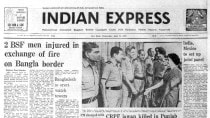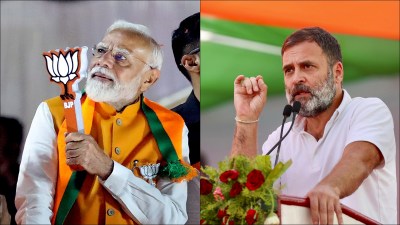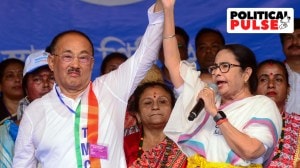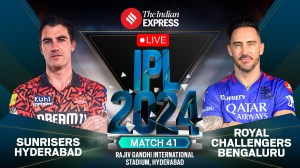- India
- International
The Rao breakthrough
Former PM’s meetings with Isak and Muivah broke the ice, laid the ground for subsequent Naga peace talks
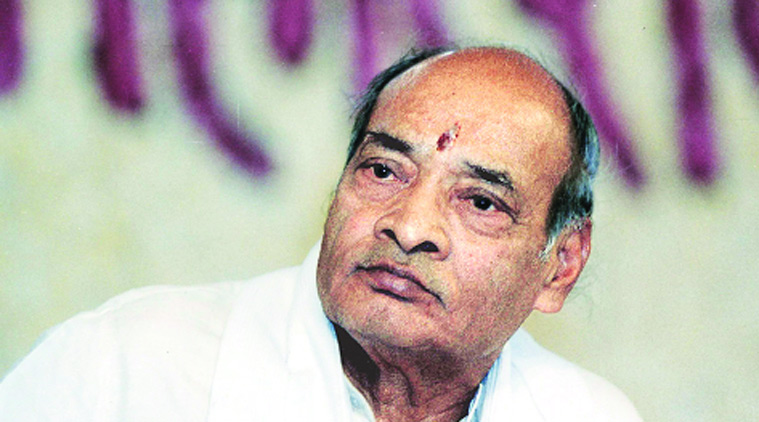 Former prime minister P V Narasimha-Rao
Former prime minister P V Narasimha-Rao
Then Prime Minister P.V. Narasimha Rao’s secret meeting with Naga leaders Isak Chishi Swu and Thuingaleng Muivah in June 12, 1995 in Paris was far more important for India’s strategic security than the well-publicised meeting between PM Narendra Modi and Muivah on August 3. The National Socialist Council of Nagaland (NSCN), which was formed in 1980 by those who rejected the 1975 “Shillong Accord”, was a formidable insurgency stream even after it split into two factions (IM and Khaplang). During the 1980s, the NSCN(IM) took up a leadership role by forming a united front of Assamese, Bodo, Tripuri and Manipuri insurgents. In addition, they supported the Sikh and Kashmir rebels and also incited the Garos, Dimasas, Hmars, Zomis and Assam Muslim Liberation Tigers to ignite local insurgencies. They were trying to strangulate India with their close contacts with China, Bangladesh and Pakistan. Muivah would gleefully say in 1997 that arms and funds were no problem in those days. Even in 1995, their cadres were being trained in Afghanistan to use sophisticated weapons, including anti-aircraft guns.
Thus it was an unthinkable challenge for anyone to persuade Rao to meet the Naga rebel leaders, especially considering the mutual suspicion and ground realities of the 1990s. It was equally inconceivable that Isak and Muivah, who were then leaders of the Unrepresented Nations and Peoples Organisation, popularly known as the Parallel UN, could be cajoled to meet Rao. This remarkable feat was achieved through persistent but low-profile attempts by an individual who, even in 2015, does not want his name revealed. He won the rebel leaders’ confidence and then convinced Rao of the advantages of a direct meeting with them. The IM leaders insisted that any peace talks should begin with a face-to-face meeting with the PM to assess his sincerity. The other condition was that they would meet Rao only in a foreign country. Our “interlocutor” convinced the usually reticent PM to agree to these conditions.
Preparations started from January 1995, and the meeting was to coincide with Rao’s visit to France. The interlocutor suggested that a Naga leader trusted by the IM group should be sent to Paris to tie-up arrangements and liaise with the visiting IM leaders. A senior officer from our organisation was sent in advance to Paris to liaise with him. Our mission there was bypassed while making these arrangements. Their hotel booking was made personally by me from Delhi. My chief delegated to me the task of triangular communication with the late A.N. Verma, then principal secretary to the PM, the interlocutor and our officer stationed in Paris. The Naga leader’s name was to be kept secret as he feared he would be killed by the Khaplang group. The PM’s gifts to the IM leaders were purchased and sent to Paris through our channels.
Our officer was positioned in Paris from June 8. The Naga leader reached on June 9. The IM team arrived on June 10 under different identities. The Naga leader took our officer to meet them. They were appreciative of the big political risk taken by the PM in meeting them secretly but were highly critical of our army’s presence in Nagaland. The Naga leader requested them not to raise such contentious issues during the meeting with the PM.
On the night of the 12th, the PM met them for 30 minutes at Hotel de Crillon, where he was staying. None among the PM’s entourage except Verma knew the identity of the visitors. The IM leaders met our officer the next day in the presence of the Naga leader and shared their positive impressions about the meeting. The ice was broken. It was then the responsibility of others to carry forward this process. Verma started his work immediately as chief negotiator.

No one knew about this meeting for two years, when somehow the story was leaked when then PM H.D. Deve Gowda met Isak and Muivah on February 3, 1997 in Zurich. Later in September 1997 the IM leaders would publicly compliment Rao: “Among the prime ministers of India, he stands out because he alone recognised that the Naga problem could be solved through political means.”
What was the significance of the 1995 meeting? In retrospect, one could say that the march of the NSCN(IM) was checked. The Naga leader who had long conversations with me in June 1995 in Delhi revealed staggering facts on the organisation’s shadowy influence in Nagaland, technically under Congress rule. All local newspapers had to publish rebel bulletins on page one. Practically everyone had to contribute to NSCN(IM) “tax” collection. That is not the case now.
However the talks meandered later, for which the IM blamed the political leadership and bureaucrats. PMs Gowda, I.K. Gujral, Atal Bihari Vajpayee and Manmohan Singh met them during their tenures, but a final solution has not come.
Did Modi and his advisors celebrate the signing of “framework agreement” or “peace accord” too early? On August 15, Muivah said they have not given up demands for sovereignty and unification of all Naga-inhabited areas.
The writer is a former special secretary, cabinet secretariat
EXPRESS OPINION
More Explained
Apr 25: Latest News
- 01
- 02
- 03
- 04
- 05











